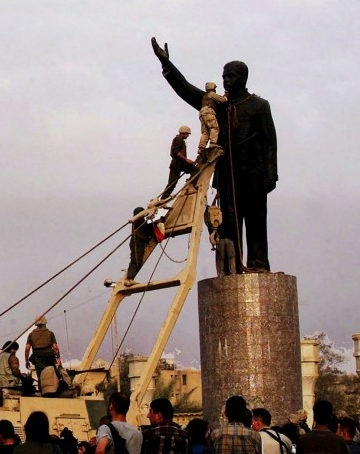
Lessons of the Iraq War
Vance Serchuk
Hertog Foundation | 2015
As we’ll see, the emergence of ISIS is not the first time American policymakers have been taken by surprise by events in Iraq. Nor is this the first time that leaders in Washington have suddenly been forced to choose from a menu of seemingly bad options in response to a crisis unfolding there, with uncertain but potentially far-reaching consequences for American national security.
In fact, the United States has been militarily engaged in Iraq—in one form or another—for nearly a quarter-‐ century. This means that, for many of you, our wars in the “Land of the Two Rivers” are older than you are. By way of (less personal) comparison, this is already more than half the length of the Cold War with the Soviet Union, which ran from the late 1940s until the early 1990s.
Of course, few would claim that America’s battles in and with Iraq have defined U.S. foreign policy in the way that our “long twilight struggle” with Soviet communism did. Yet at the same time, seldom has a single country had such a disproportionate and defining impact on our engagement in the world, how we think about our foreign policy, and how others think about it.
Fundamentally, our purpose will be to examine how the United States—over a succession of four very different presidents—grappled with the challenges presented by Iraq, the decisions and strategies our leaders formulated in response to these challenges, and what then happened as they attempted to carry them out. In the course of doing so, we will hopefully come to learn a bit about how the U.S. government works (and how it doesn’t work), how U.S. foreign policy gets made (and unmade), and what the experience of foreign policy decision-making is like.
Our approach will be chronological—proceeding from Saddam Hussein’s invasion of Kuwait in August 1990 through the present day and the crisis now unfolding.
Image courtesy U.S. Army